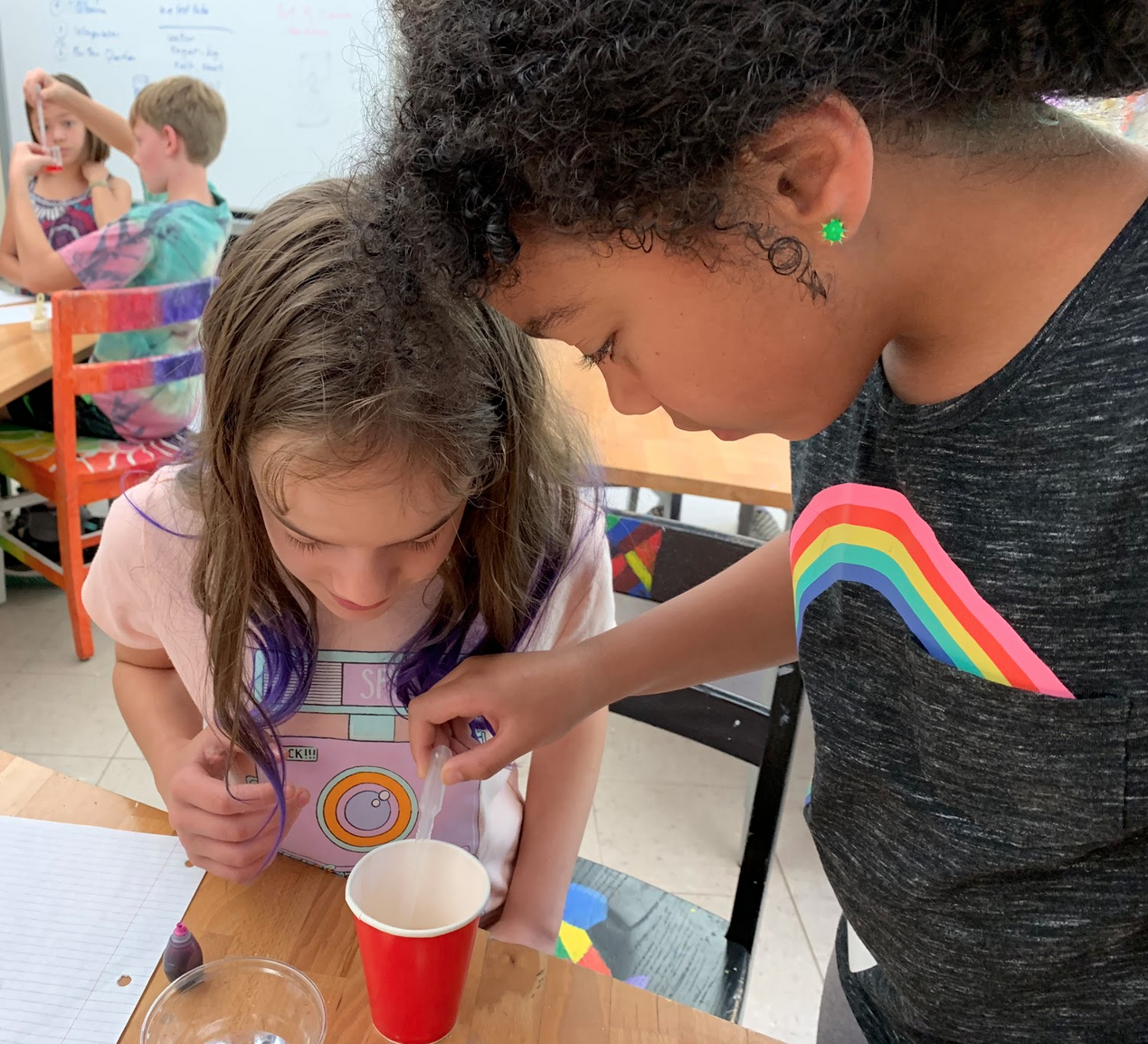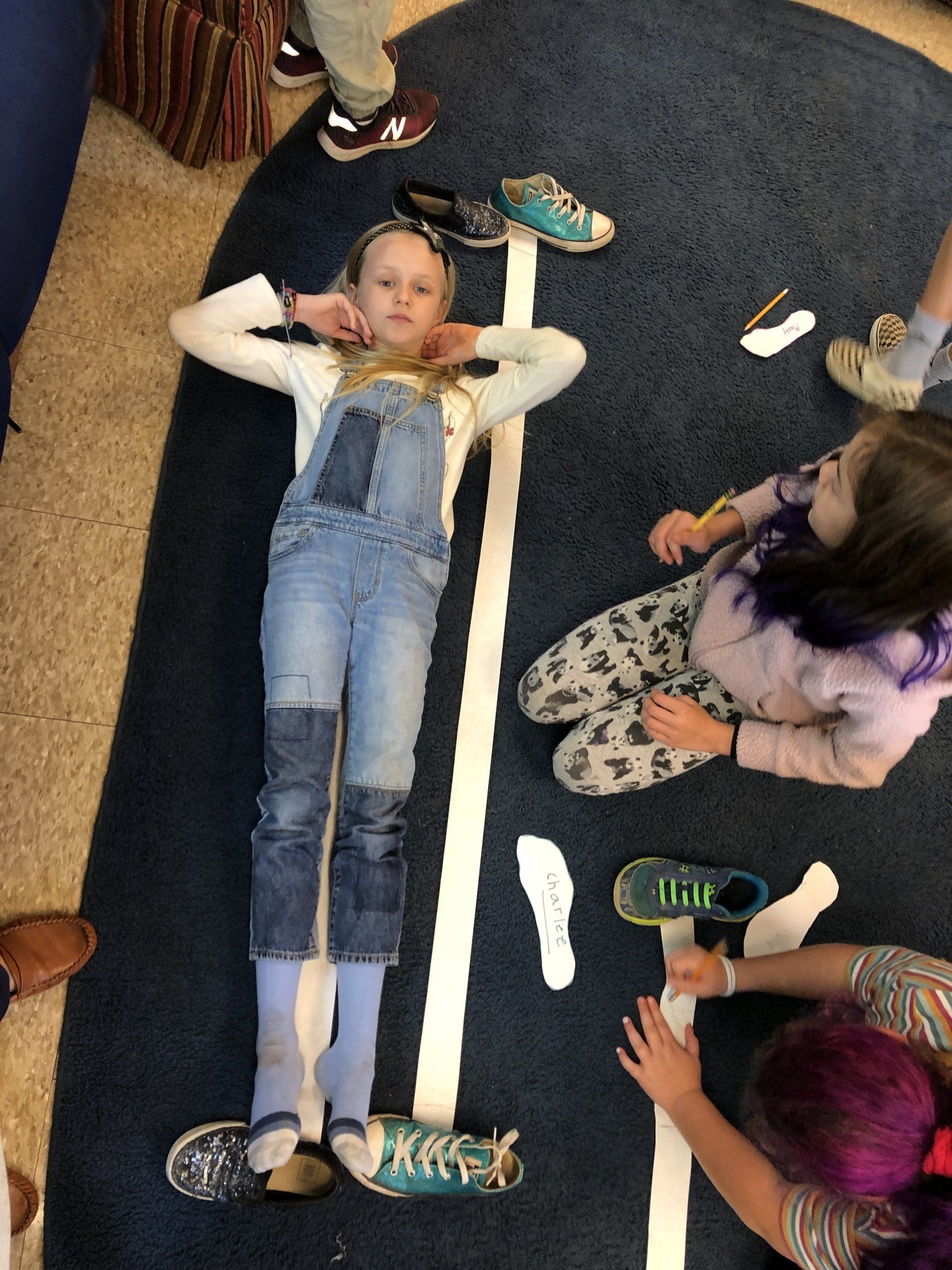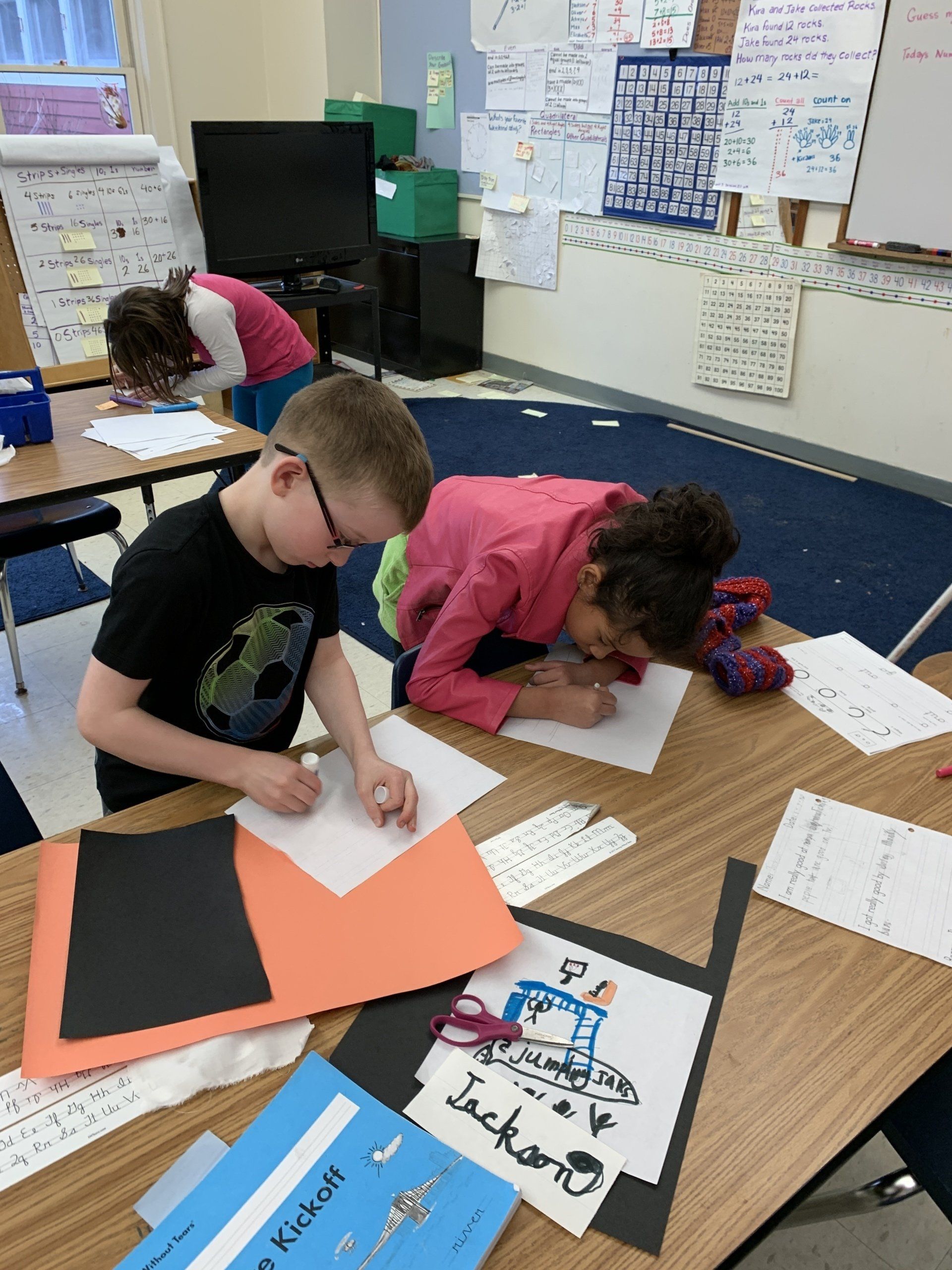Curriculum
What Does Literacy Look Like at TCS?
Listen in on the classrooms of Touchstone and you will see students at all levels engaging in literacy acquisition. Books are everywhere. Opportunities to read and write, to discuss current favorite reads and share writing works-in-process are embedded in each day’s schedule.
Students write extensively and learn to make meaningful revisions, with the focus of bringing the finished work to publication. Reading encompasses many genres with the goal of deep comprehension and critical analysis.
Mathematics
Math at Touchstone is a search for meaning. The Touchstone mathematician works with objects and situations, applying standards of quantity, or measurement, or direction to better understand how the objects relate to each other, and in the process patterns are discovered, and as meaning is constructed, equations are eventually secured. This process is ongoing, year after year, with understanding developing to deeper and deeper levels.
In Middle School students are prepared for the advanced mathematics of high school while giving them a deep understanding so that they may use their skills to solve quantitative problems in their lives outside of school.
THEMATICS UNITS OF STUDY: Social studies, Science, Technology and the Arts
Each class has its own Guiding Question, such as “What does it mean to be heroic?”, and “How do you create a sustainable community?” Thematics units integrate the language arts as well as the social studies, sciences, mathematics, and environmental literacy. The teachers follow the interest of the children and design curriculum that integrates the disciplines, our Social Sustainability and anti-bias curriculum, and our Environmental Sustainability and science standards.
Physical Education
Challenge by Choice is a cornerstone concept of the Touchstone Physical Education program. Challenge by Choice creates an environment where participants are asked to search for opportunities to stretch and grow during the experience, while meeting objectives and practicing proper skill acquisition. In one activity, there may be different levels of challenge appropriate for the different students in the class.
Good Sportsmanship is the other cornerstone concept of the Touchstone Physical Education program. Good sportsmanship refers to ‘how’ kids interact with the game and the group.
Outdoor Education
Touchstone students spend plenty of time outdoors in all seasons, for recess, for gardening time, and in directed outdoor education projects across the curriculum. Students learn to care for particular places and for the wider environment by developing intuitive connections, and by coming to understand ecology and systems thinking.




